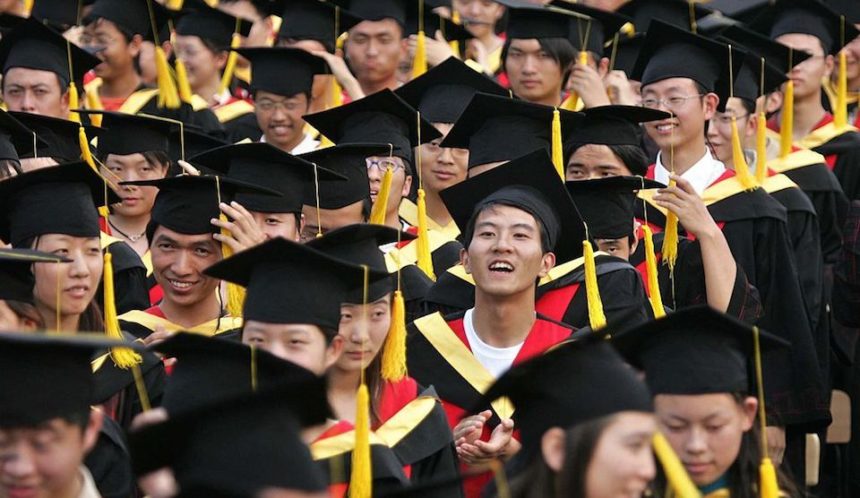After a parental scrutiny increase on the private education sector in China recently, a demand for more reliable and higher-quality of both schools and education has become in demand. Though already quite massive, the Chinese educational system is now on its way to expand even further to match the increased need for education grows to match the evolution of the economy.
Despite the escalating demand, the educational sector remains a highly sensitive area for foreign investors. FDI is either encouraged, restricted, or prohibited on a sub-sector basis, and with increased scrutiny, new laws, and a variety of investment vehicles to consider, investing in China’s lucrative education industry is challenging without a detailed entry strategy.
Opportunities
China’s education industry is vast and varied, with different opportunities for different demographic subsets and school types. Foreign investors must enter into a joint venture with a Chinese partner for most types of educational institutions, and are prohibited from participating in compulsory education, primary and junior secondary schools for students aged 6-15.
Although China’s population is rapidly aging, the recent relaxation of the One Child Policy has increased birth rates at a time when families are better equipped to spend on education.
When launching the One Child Policy reform in late 2015, the government projected that it would lead to an additional 17.2 million new births between 2017 and 2022. With this boom in newborns, China’s preschool education market is expected to grow from RMB 380 billion (57.8 billion USD) in 2016 to over RMB 540 billion (82.1 billion USD) by 2020.
China’s education system – and the job market upon graduation, is fiercely competitive, which leads many students to enroll in supplementary after-school education to keep up. Chinese families are prepared to spend heavily on education to keep their children competitive with their peers.
Although foreign schools cannot provide education services for compulsory school years, they can set up after-school tutoring schools for additional education. However, given that education during compulsory school years is heavily geared towards preparations for the grueling gaokao standardized exams that determine university placements, curricula is invariably developed to cater to these exams. As a result, foreign education providers have less to differentiate themselves from domestic providers that are more adept at gaokao preparation.
Despite these limitations, there is still space for foreign education services. China is the world’s leading source of international students, with 544,500 Chinese nationals studying abroad in 2016. This means that in addition to preparations for the gaokao, many Chinese students also attend SAT preparation schools and other schools to prepare them for studying overseas.
Additionally, foreign education providers continue to have opportunities in language instruction. Although this sector is mature in China’s first tier cities, there are strong expansion opportunities in lower tier and inland cities. Such schools can cater to both younger students and adult learners.
Investment Approaches
In addition to ownership restrictions on foreign investors, China’s private education laws set forward a wide range of regulations on how private schools can function. Amendments made in November 2016 to the Promotion of Private Education Law (“the Law”), together with supporting amendments, more clearly differentiate private schools as either non-profit or for-profit.
However, while the amendments, which came into effect on September 1, 2017, banned for-profit private schools from offering compulsory education services, they also provided private schools with more legal clarity for profit-seeking activities.
Before the amendments to the Law, private schools in China were usually set up as non-profit schools. However, foreign investors were able to derive profits from private schools through investment vehicles such as variable interest entity (VIE) structures – VIEs allowed foreign investors to form contracts without holding direct legal ownership. The updates to the law, in addition to legitimating the idea of for-profit private schools, which leads to less regulatory risk, and reduces the potential for disagreements with partners, give for-profit private schools more operational flexibility.
For example, for-profit private schools are now able to set tuition without having to seek government approval; they also operate under more clarity under China’s corporate laws. However, while non-profit schools will still be able to benefit from preferential land use and tax policies, for-profit schools are no longer able to avail of these incentives.



Leave a Reply